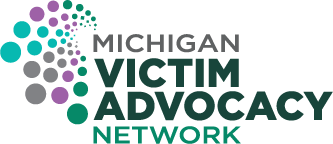COVID-19 and Abuse of Older Adults Ideas for Increasing Safety and Strengthening Families in Faith Communities
Developed by National ClearingHouse on Abuse in Later Life, Futures Without Violence, and Safe Havens Interfaith Partnership Against Domestic Violence and Elder Abuse
“This is an unprecedented time. The COVID-19 crisis intersects with an elder abuse crisis that already affected at least 1 in 10 older adults. COVID-19 can worsen abuse because older adults may be sheltering with their abusers. In addition, economic insecurity can put older adults at greater risk for financial exploitation, while physical distancing can make it harder to reach out for help.
We all want to make sure everyone in our communities is safe. Public health research tells us that one of the best ways to increase safety and prevent abuse in our families, congregations, and communities is to provide information about abuse and available local services to everyone. Whether someone uses the information for themselves or shares it with a friend or family member, this is a good way to provide vital information without singling anyone out or forcing anyone to talk about abuse. When life-saving information and resources are shared throughout the community, they will reach those who need them most.
Older adults are often strongly attached to their faith communities. Because the faith community connection is so strong, congregations provide an excellent opportunity to provide information about services for older adults experiencing abuse. If you are a faith leader or a member of a faith community, you have an important role to play! Everyone can be a resource and an ally!
One way to be an ally is to share information with your faith community and ask others to do the same. To make it easier, we’ve compiled some vital information for you. In this resource you will find tips to help you: 1) learn to be an ally; 2) support older adults in your community; 3) provide information and resources to everyone; 4) address common concerns of people in your faith community.”
